Country people used to depend on what they had on hand, using ingenuity more than those living in the city or near a store. Is this still true or do you drop everything to drive to a town an hour or more away to get your missing part for a project or ingredient for a recipe?
What is really waste? Try to practice an everyday regard for each object. Think about the labor involved in making it. The materials used in the making of that object. The money it took to purchase the object. When the object has come to the end of its life, will it be reused or will it take up space in a landfill?
History:
During the excavation of a 1620s Virginia Plantation called Flowerdew Hundred, a fragment of a stoneware bottle neck was unearthed. It matched perfectly with the bottom of a large German jug already in the plantations museum. The two pieces were dug from different sites. The most logical explanation being that the colonists did not have many things. When the jug broke, it is quite possible that the bottom was continued to be used as a bowl and the top turned into a funnel.
Seventeenth-century Dutch paintings show broken plates and bowls sitting on shelves along with intact ones.
Sewing was women's work. It is proven by diaries and novels and even embroidery samplers signed by five year olds. Women kept their families clothed. Of course not all women felt the same, some thought of it as an art and a chance to show their creativity with what they had on hand. Others found it a detestable chore, but one that had to be done. The plainest cotton shirt used to take a good seamstress half a day to make. A more complicated shirt could take a day or two. Closets were small, only the wealthy had more than a few changes of clothing for each season, many people had one change or none at all. Then came the sewing machine, invented in 1846.
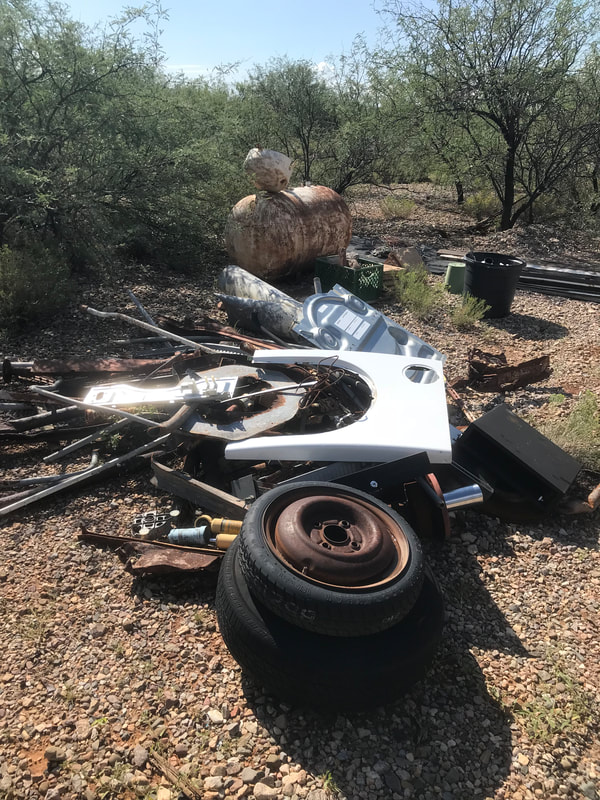
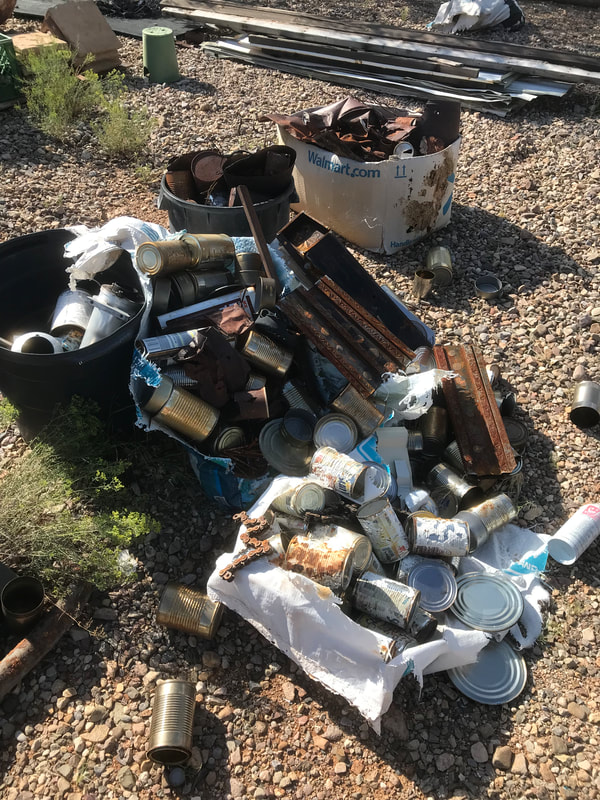
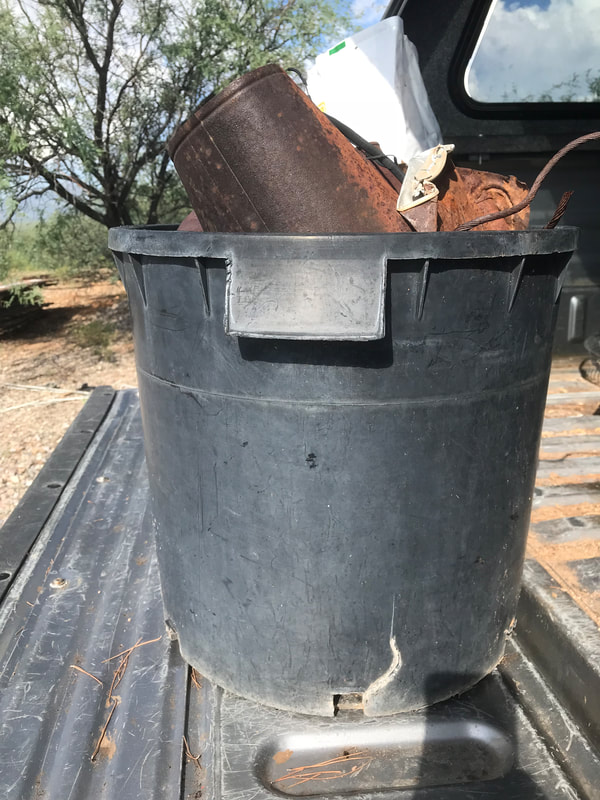
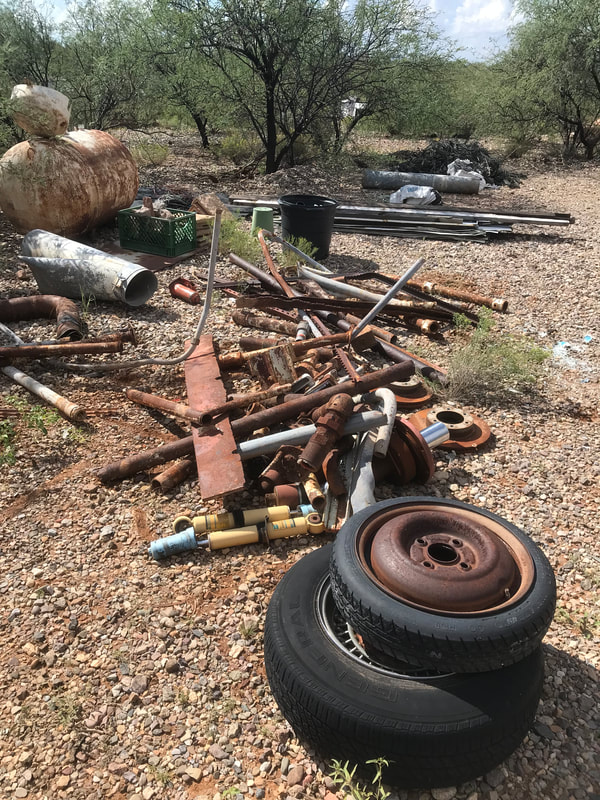
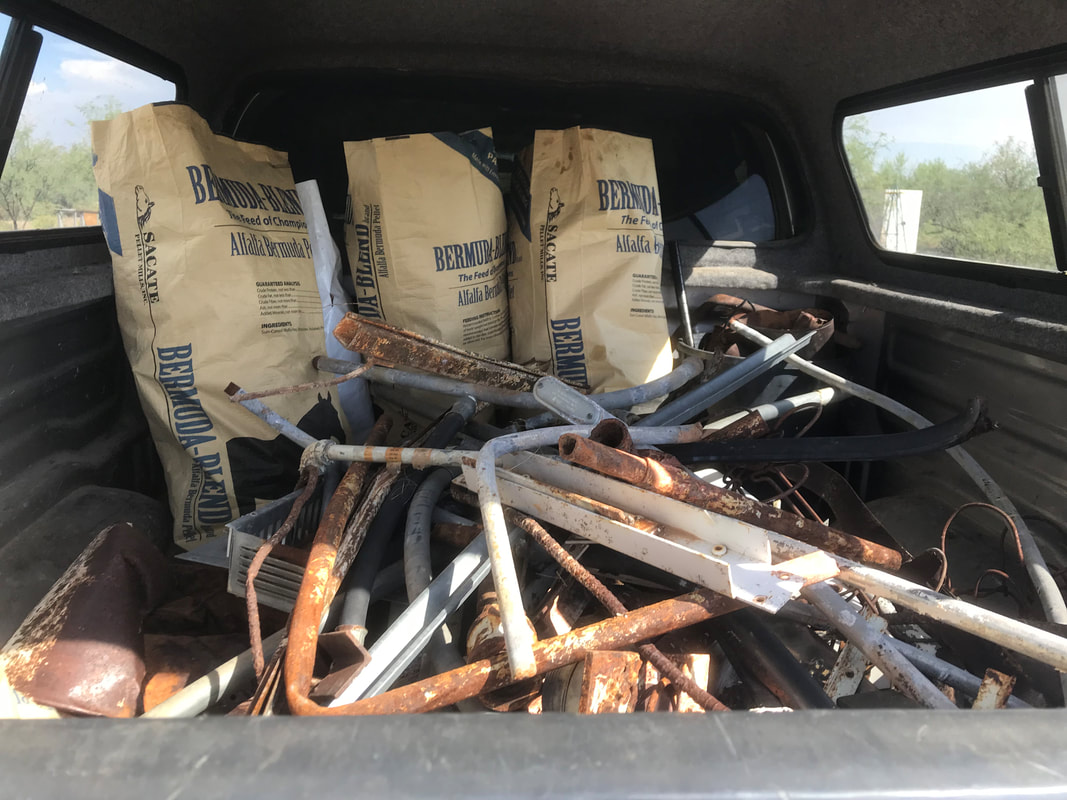
 RSS Feed
RSS Feed